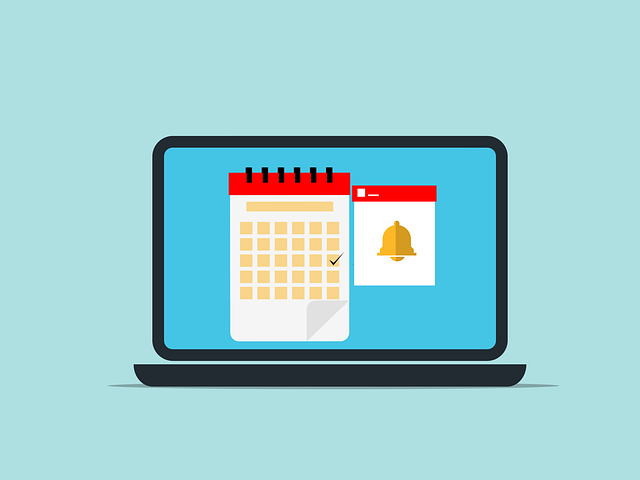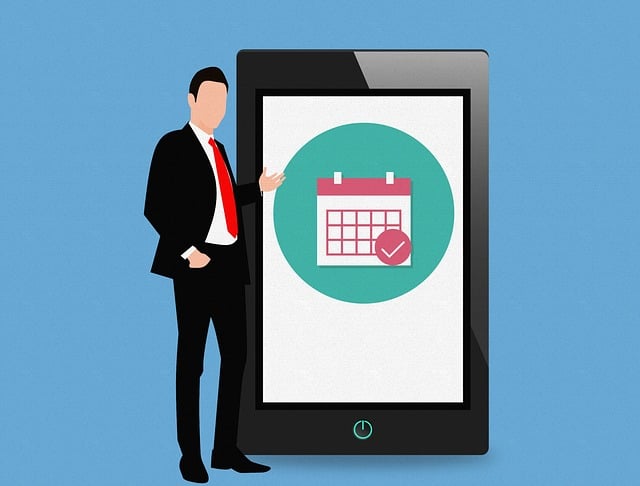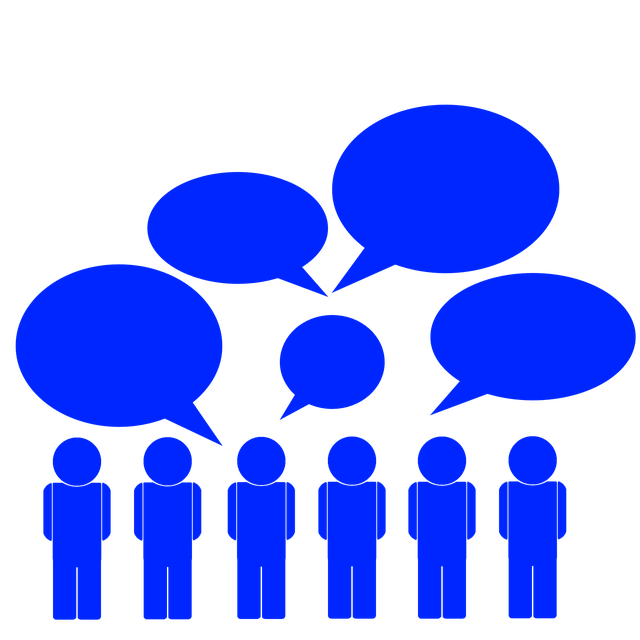SMS appointment notifications significantly reduce patient no-shows by providing personalized, timely reminders via mobile devices. Effective strategies include concise yet engaging messages, tailored content, strategic timing, and multi-channel integration with email and call services. Measuring success through attendance rates and patient engagement metrics demonstrates improved healthcare delivery and patient outcomes.
In today’s fast-paced world, patient no-shows remain a significant challenge for healthcare providers. To combat this issue, technology-driven solutions like SMS appointment notifications, emails, and calls offer promising strategies. These channels can improve attendance rates by delivering timely reminders, reducing inconvenience, and fostering patient engagement. This article explores how to leverage SMS appointment notifications effectively, from understanding the causes of no-shows to designing personalized content, optimizing timing, integrating systems, and measuring success.
- Understanding Patient No-Shows: The Impact and Causes
- Leveraging SMS, Email, and Calls for Appointment Reminders
- Designing Effective and Personalized Notification Content
- Optimizing Timing and Frequency of Appointment Alerts
- Integrating Reminder Systems with Medical Practices
- Measuring Success: Tracking Attendance Rates and Patient Engagement
Understanding Patient No-Shows: The Impact and Causes

Patient no-shows, or missed appointments, are a significant concern for healthcare providers worldwide. This issue can lead to numerous challenges, including overbooked schedules, reduced revenue for clinics and hospitals, and an impact on patient care continuity. Understanding the causes behind these no-shows is essential in developing effective strategies to improve attendance rates.
Various factors contribute to patients failing to show up for their scheduled appointments. These include forgetfulness, a lack of perception of appointment importance, transportation issues, scheduling conflicts, or even simple fear of medical procedures. With modern lifestyles often characterized by busy schedules and multiple commitments, SMS appointment notifications have emerged as a powerful tool to combat these no-shows. By leveraging SMS reminder services, healthcare providers can effectively reach patients before an appointment, increasing the likelihood of their attendance and ultimately boosting medical attendance rates.
Leveraging SMS, Email, and Calls for Appointment Reminders

In today’s digital era, leveraging SMS, email, and calls for appointment reminders is a powerful strategy to enhance medical attendance rates. These technology-driven tools offer a convenient and effective way to communicate with patients, ensuring they receive timely notifications about their scheduled appointments. SMS appointment notifications, in particular, have proven to be highly successful in reducing patient no-shows, as text messages are quickly read and easily accessible on mobile devices, enabling patients to promptly respond or confirm their attendance.
Furthermore, integrating healthcare scheduling reminders into these communication channels allows for personalized and automated messaging. Email and call services can be customized with details specific to each patient’s appointment, providing a friendly nudge without causing any inconvenience. This multi-channel approach increases the likelihood of patients engaging with the reminders and ultimately boosts medical attendance rates, contributing to more efficient healthcare delivery and better patient outcomes.
Designing Effective and Personalized Notification Content

Designing effective SMS appointment notifications requires a balance between clarity and personalization. Messages should be concise, clearly stating the nature of the appointment, date, time, and location. Using simple language ensures patients understand the reminder immediately. Personalization adds a layer of warmth and urgency. Incorporating the patient’s name and tailored details about their upcoming visit can significantly enhance engagement. For instance, mentioning a specialist’s name or a unique aspect of the appointment can make the notification more impactful.
Additionally, leveraging emotional triggers in a subtle manner can boost medical attendance. Reminders could include phrases like “We look forward to seeing you” or “Your health is our priority.” These sentiments create a sense of accountability and care, reducing the likelihood of no-shows. Customizing content based on patient demographics, preferences, and past behavior as captured in healthcare scheduling reminders can further enhance the effectiveness of no-show prevention tools.
Optimizing Timing and Frequency of Appointment Alerts

Optimizing the timing and frequency of appointment alerts is key to enhancing patient engagement and reducing no-shows. SMS appointment notifications, for instance, can be highly effective when sent at strategic times, such as 24–48 hours before the scheduled visit, allowing patients enough time to prepare without causing inconvenience. Additionally, personalizing these reminders with patient names and specific clinic information can significantly increase response rates.
To further improve attendance, integrating a reminder call service or utilizing clinic reminder automation tools can be beneficial. Automated systems can deliver a series of reminders via SMS, email, or calls, ensuring patients receive consistent alerts. This multi-channel approach, combined with adaptive frequency adjustments based on patient engagement, can serve as a powerful strategy to boost medical attendance and create a more reliable patient experience.
Integrating Reminder Systems with Medical Practices

Integrating reminder systems with medical practices has become a game-changer in healthcare administration. SMS appointment notifications, coupled with email and call services, offer an effective solution to combat no-show prevention tools. By seamlessly integrating these technologies, medical professionals can enhance patient engagement and improve attendance rates. Healthcare scheduling reminders have evolved from traditional methods to include automated, personalized messages that cater to individual patients’ preferences.
This innovative approach not only reminds patients about their appointments but also educates them on the importance of timely arrival. A reminder call service, for instance, can provide a gentle nudge, reducing the likelihood of missed or delayed visits. As a result, healthcare providers can optimize their schedules and resources more efficiently, ensuring better care for every patient.
Measuring Success: Tracking Attendance Rates and Patient Engagement

Measuring success is a key component of any effective strategy to reduce patient no-shows. By tracking attendance rates, healthcare providers can gauge the impact of SMS appointment notifications and other reminder services like email and call services. A simple yet powerful metric to monitor is the percentage of scheduled appointments kept, which provides a direct indication of improved medical attendance boost. Over time, a consistent upward trend in attended appointments suggests that the reminder system is working well.
Additionally, patient engagement metrics can offer deeper insights. This includes tracking response rates to SMS appointment notifications and open rates for email reminders. High engagement signifies patients are actively receiving and interacting with these technology-driven reminders, fostering better communication and potentially leading to higher levels of patient satisfaction and adherence to healthcare scheduling.
